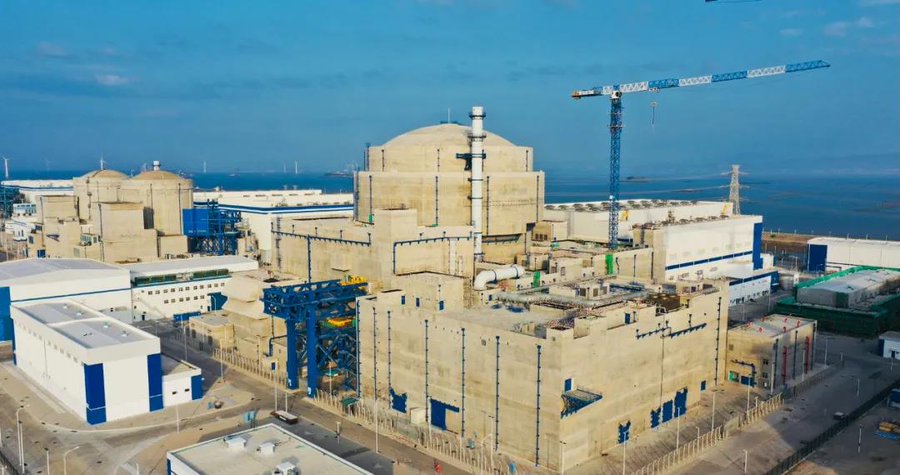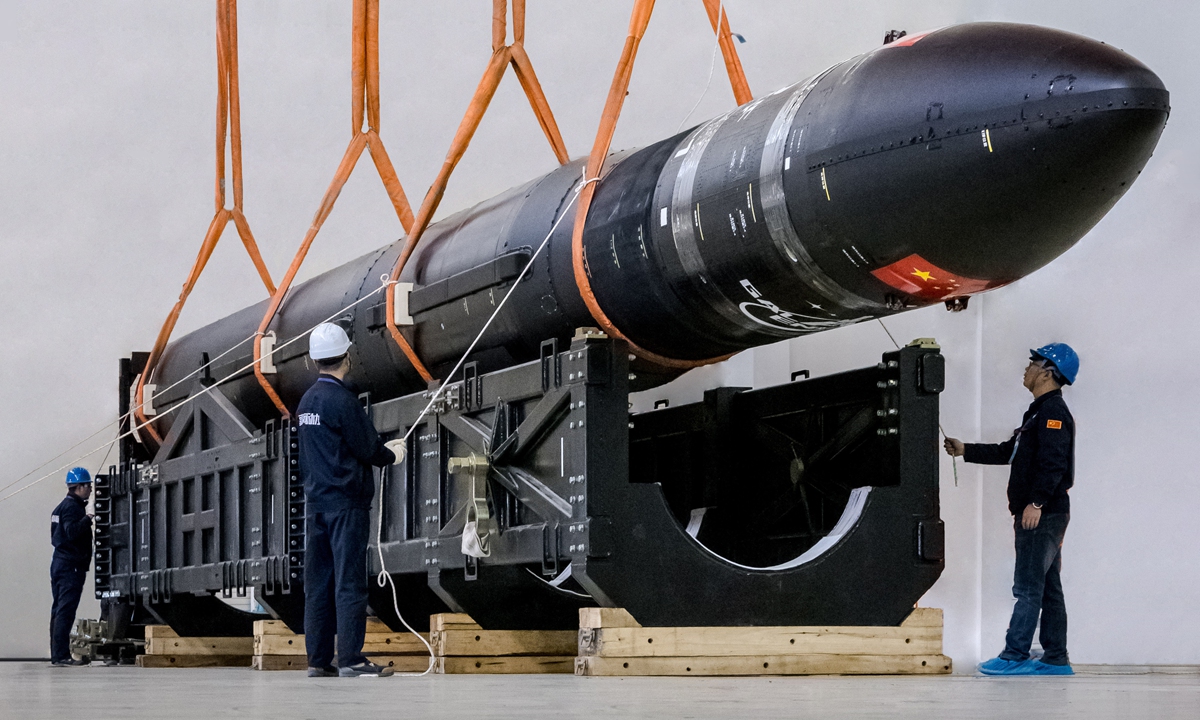As of 4:53 am Wednesday, the Chang’e-5 probe’s lander-ascender combination had completed drilling the moon surface and sealed its collected samples.
roscosmos and the European Space Agency esa sent congratulations to China on Chang’e-5’s successful moon landing, after the probe touched down on planned location in Oceanus Procellarum on Tuesday evening.
Cosmochemist and geochemist Ouyang Ziyuan 欧阳自远 from the Chinese Academy of Sciences who is now in charge of the Chinese Lunar Exploration Program has already stated on many occasions that one of the main goals of the program would be the mining of helium-3, from which operation “each year, three space shuttle missions could bring enough fuel for all human beings across the world.”
The Chang’e-5 probe, comprising an orbiter, a lander, an ascender and a returner, was launched on Nov. 24, and its lander-ascender combination touched down on the north of the Mons Rumker in Oceanus Procellarum, also known as the Ocean of Storms, on the near side of the moon on Dec. 1. After the samples were collected and sealed, the ascender of Chang’e-5 took off from the lunar surface on Dec. 3. Next, the orbiter-returner will separate from the ascender, and wait for the right time to return to Earth.
12-8-20 The ascender of China’s Chang’e-5 lunar probe carried out deorbiting on Tuesday at 6:59 am and landed on the preset landing area on the moon’s surface at 7:30 am in a controlled manner.
12-16-20 ChangE5 orbiter-returner combo successfully conducted second course correction at the moon-Earth transfer orbit on Wed 9:15 am.
12-17-20 Carrying around 2 kilograms of lunar samples, China’s Change5 lunar probe safely landed in the designated area in North China at 1:59 am on Thursday, bringing the craft’s epic round trip between Earth and Moon.
Chang’e-7 and -8 missions will involve inviting relevant countries and agencies to work together to study the feasibility of building a permanent moon base.
The CNSA and scientists are mulling over launching Chang’e-6 sample return mission during China’s 14th Five-Year Plan (2021-25); the landing site could be the lunar south pole or far side of the Earth’s natural satellite.





